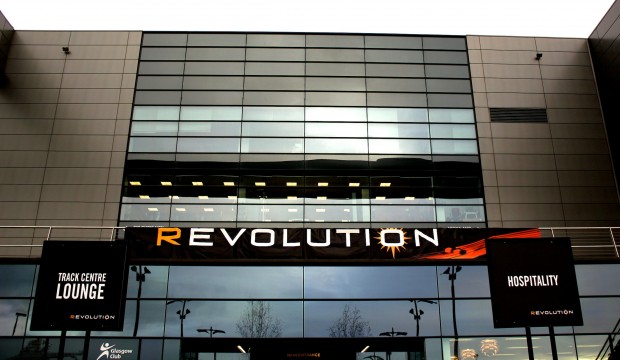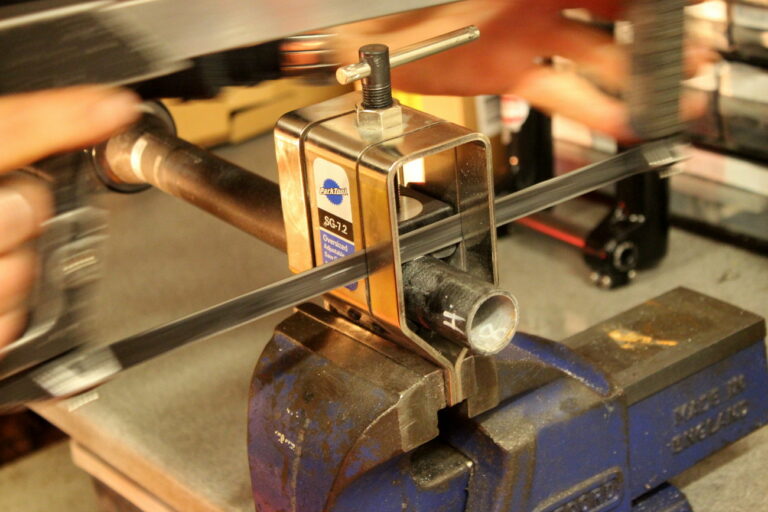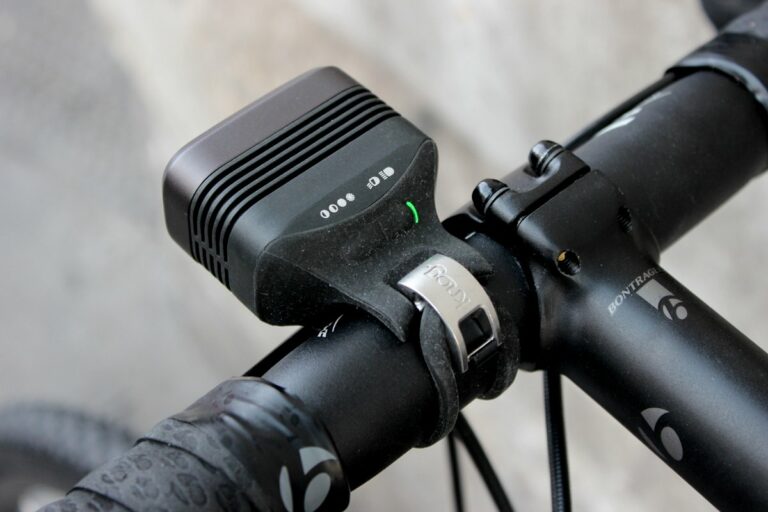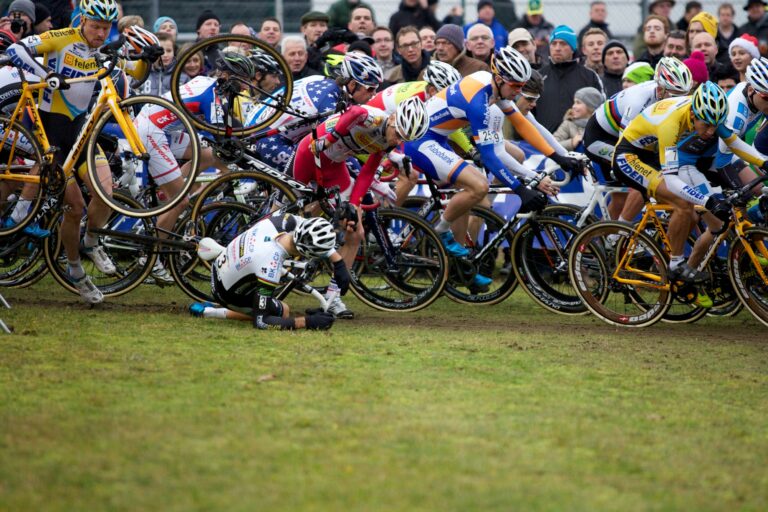It’s hot in the well of the track at Glasgow’s Sir Chris Hoy Velodrome.
The brightly lit interior forms a striking contrast with the building’s steel grey facade, one whose vast scale and elegant detail forms an edifice at once sleek and imposing. Celtic Park glowers from across the concourse, its brutal and uncompromising silhouette issuing a silent but unmistakable warning to visiting teams. Those who will come from across the Commonwealth next year to race at the velodrome may arrive with a similar sense of trepidation.

Scotland’s Callum Skinner will surely be among those to carry the fight to the visitors. Tonight, at this second round of the televised Revolution Series, now in its tenth year, he is head and shoulders above his opposition. Sprinters, track or road, are cycling’s gladiators, and there is a swagger about Skinner’s performances on the boards, tempered by an obvious reluctance to enter the spotlight when his work is done (having won the UCI men’s sprint competition, he accepts a victory lap only at the public behest of announcer, Hugh Porter).
The most successful of all British Olympians, Sir Chris Hoy, is present tonight, and watches Skinner’s performance with interest, later Tweeting his approval. His possible successor is in rich form, at one stage slowing his bike by forcing his rear wheel into a sort of stutter. There is a purpose to his stylish display (track cycling’s equivalent of an Ali shuffle, perhaps). By stopping the bike, Skinner maintains a position behind his rival, and keeps his man in sight. When the mental battle is abandoned for the physical, as it must in match sprinting, Skinner again proves his superiority.
The home crowd shows its appreciation, but the racing is only the final act of the drama played out across a day at the velodrome. The riders have been here for hours, signing in, setting up in track centre with rollers, and spare bikes and wheels, gaining a feel for the track and casting a cursory eye across their rivals. The poker game on wheels that is track racing beings long before the starter’s pistol is fired.

Racing is still hours away when practice begins, and the absence of spectators from the velodrome in any meaningful number throws the sound of the riders and their machinery into sharp relief. The harsh whirr of disc wheels on rollers, the rush of air as a rider hurtles past on the track, the echo of anything dropped or banged in track centre fills the cavernous space, and rises quickly to the complex network of giant ducts and pipework hung from the ceiling to control the ambient temperature.
The practice session provides a privileged insight into the world of the track rider; an existence seemingly governed entirely by the routine of rollers, revolutions, and recovery. The sprinters in particular demonstrate astonishing cadences as they warm up, their feet dissolving into a blur as sustained efforts explode into efforts of controlled fury. It is cycling’s equivalent of preparing a stationery racing car; the technicians are the coaches and physiologists; the riders, both engine and driver.
Great Britain’s senior riders are in Mexico, competing in the second round of the UCI Track World Cup, and the senior coaching staff are with them. The absence of celebrated sprint coaches, Iain Dyer and Jan Van Eiden, means Jonathan Leeder, a physiologist assigned by the English Institute of Sport to work with British Cycling, is monitoring the riders’ performance.
Leeder stands at the gate that serves as the riders’ entrance to the track from the so-called ‘mixed zone’ in the centre, and chats with sprinter, Helen Scott, tandem pilot to Aileen McGlynn, and winner with McGlynn of Paralympic silver and bronze medals at the London Games, one of the few senior riders present in Glasgow. He is here to provide support to a young squad that includes Academy members, Danielle Khan and Rosie Blount, who come and go amid practice laps while Leeder and Scott talk.

Leeder will not be offering racing advice to avoid the possibility of contradicting messages from the coaching staff in Mexico, but will use the event to gain data on his riders and the track, the latter an exercise he compares to recce-ing a road ride. With the Commonwealth Games less than a year away, it is perhaps unsurprising that British Cycling has a sports scientist about to finish a PhD on site. Leeder admits he was attracted to cycling by its quantifiable nature, especially sprint time trials. If his response sounds like the most cerebral form of enjoyment from such an adrenalin-fuelled pursuit, he offers the women’s team pursuit qualification at the Olympic test event as a moment when the hairs on the back of his neck stood up. “When the girls got up, we’d never heard a noise like it,” he remembers. “All the sports staff and coaches stood still.”
Practice continues amid a sense of rising tension as the beginning of the afternoon session draws closer. Khan fires her machine like an arrow from the outside edge of the track, diving to the sprinter’s lane as she powers through the first bend, hunched low over the bike, seemingly crushed by the gravitational force generated by her velocity. She is a current member of British Cycling’s Olympic academy. One of its many successful graduates, Andy Fenn, strolls past, clad in the uniform of his day job with Omega Pharma-QuickStep. Jermaine Burton, another developing talent, will tonight ride in a Sky jersey, perhaps not for the last time.
The Revolution Series has seen its fair share of stars in the last 10 years. The racing on a St Andrew’s Day tinged with the tragedy of the Glasgow helicopter crash shows that many more are likely to flourish. With a minute’s silence for the victims of the terrible accident at the Clutha bar immaculately observed, the action is a fair reward for the Glasgow folk who have turned out at the facility named for one of Scotland’s greatest sporting sons. Hoy’s presence is an added bonus, but it is the riders on the track who rightly command centre stage. The six-time Olympic champion watches Skinner’s performances with particular interest. Next year, the whole of the Commonwealth will focus its attention on the velodrome adjacent to Celtic Park. Riders from the home nation are unlikely to disappoint.
RoadCyclingUK visited the Sir Chris Hoy Velodrome as a guest of Evans Cycles, distributors of Hoy Bikes





